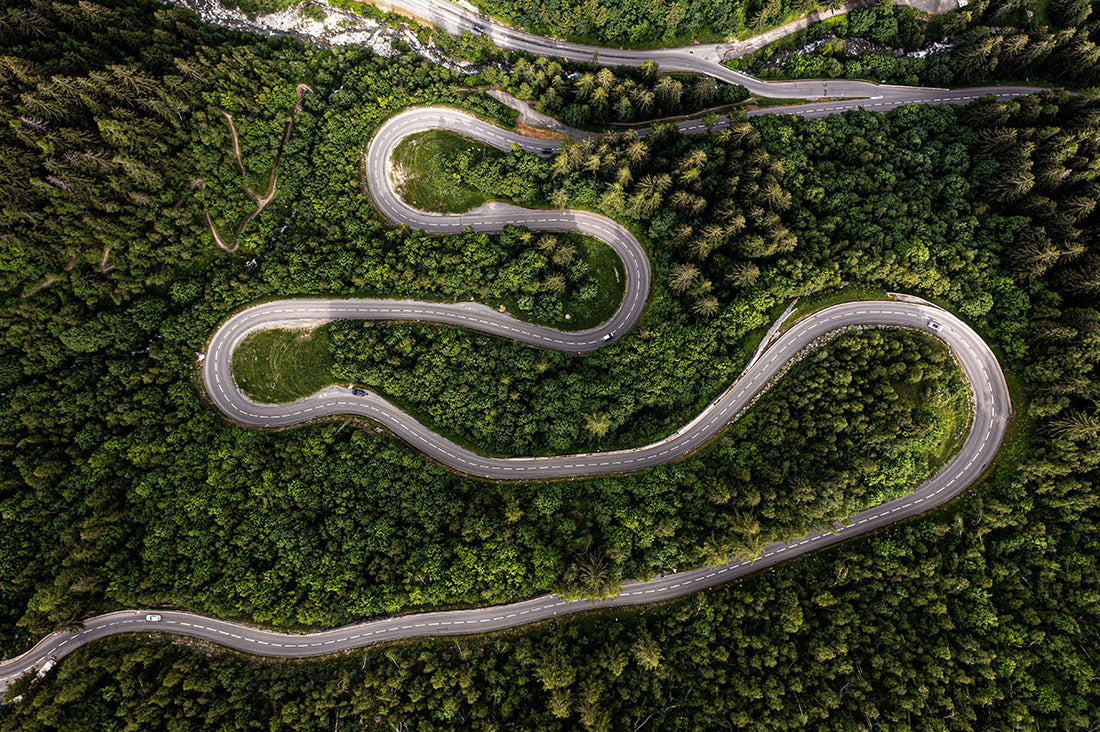
Suitably Sustainable.
Share
We live in a world which is in danger. It’s true, things are getting warmer. We make more waste than ever. Global corporations have more control (read: lobbying) than ever. But, as consumers and businesses - we all posses the most powerful tool of all: choice.
Today, I want to talk about sustainability at Full Tuck and in the wider bicycle industry.
Firstly, this “stuff” matters. Personally, I’ve lived in Chamonix Mt Blanc since 2016. In that time, it’s evident things are changing. The main glacier is retreating at an incredible pace - and it’s visually impossible to ignore. I’m not a “climate-warrior”, but it’s hard to ignore when it’s right in front of your eyes.
From a business perspective, Full Tuck isn’t here to claim to be the most sustainable brand in the world. We’re not going to fill our marketing claims with it, but from where we stand - it’s just something which our duty to do as a business. So, let's delve in to a bit more detail as to what we do and how we think we, and the wider industry, can improve.
Where our products are made
We make all of our products in China. Yep, China. And we’re proud of that. Why, you ask? Well, it all comes down to global supply chains. Regardless of where your product is actually made, the raw materials have to come from somewhere.
The result of this, even though a product is made in Europe (as an example), the raw materials have often already travelled across the globe. So, in reality - the end production location is borderline irrelevant.
What matters is the details that go unsaid. Reducing the distance of our supply chain is almost as important as the product itself - and even though it isn’t good to talk about, it’s where differences are made.
Our sunglasses are a good example of this. Yes, they’re made in China. But, they aren’t made from plastic. The frames are made from Castor Beans. These are *grown* (yes, really) less than 100km from the factory that produces them. Which means that although they have to travel across the world to our European warehouse, the actual supply chain is shorter than most.
To us, this is important. It's not perfect as we've still got work to do with the lenses and hats, but it's an ongoing challenge which we love.
What our products are made from
This is a really broad subject, and it’s where a lot of brands focus their attention. Why? Because it’s the most relatable part of the business and easy to understand. It’s always a balance between performance and sustainability: we’ve all bought tissues that are “eco-friendly” only to realise you push your finger through when wiping your nose.
Our cycling hats are made from a poly-based fabric, which is ultimately not brilliant for the environment. We wanted to make sure that the performance was at a level it should be, and a lot of other fabrics just didn’t fit the bill. Having said that, we try and optimise the rest of the process. We even went as far as removing the plastic bags they were put in when shipping - but found they were damaged (dirty fabric) too often when picked in the warehouse. This is that balance we mentioned - these hats needed to be the best cycling hats in the world, and we didn’t find a fabric that did what we wanted. That’s an ongoing process though…
Our sunglasses are just excellent. The frames are made from castor beans, which means… NO PLASTIC FRAMES. This, we’re so proud of. We use the oil from the beans to turn into the frames, which is really cutting-edge material work.
Understanding global supply chains
This is the really interesting part of sustainability and the part which is hidden. Firstly, there are laws around how you label your product (in terms of where it's made). Big shock: nearly all carbon bikes which are made in Europe/US are frames which come from Taiwan and are assembled in the factory of the brand (obviously some exceptions).
When you ship goods, you've got three choices: sea, land or air. None of them are great, and the goal is to try and minimise the distance from manufacture to end consumer. This isn't easy to ever find out, and brands don't really talk about it.
With the increasing costs, it has at least meant that volumetric measurements have come down (because it's so expensive to ship, every squared cm makes a difference). But, we've still got a long way to go.
Waste
This one is even more hidden: out of every 100 products that a brand makes, how many fail QC? We had a real issue at first whereby 10% of our hats didn't hit our quality standard. We had to throw them away. The factory we used didn't see this as a big issue, but imagine that on a global scale. Madness. That's more like 1 in every 200 now, but again - it's very difficult to ever know what a brand is doing.
What's the solution?
The first part of this is education. As brands, we need to take our job of educating consumers seriously. We need to be open an honest about it, and really talk about what we're doing (both the good and bad).
As consumers, we need to challenge brands (this article came after someone emailed me and challenged being made in China) - and let's all try where we can, to make things better.
Resources
